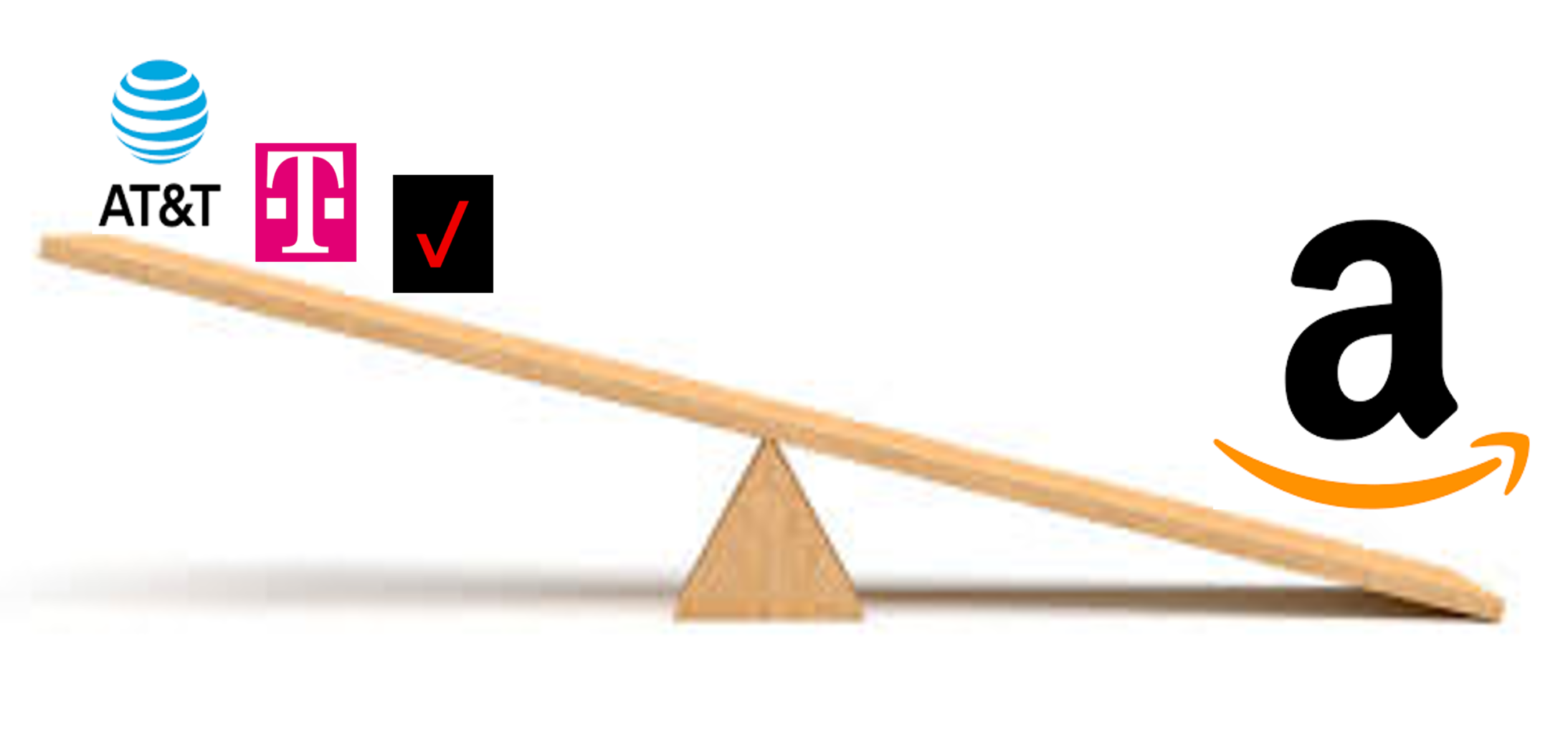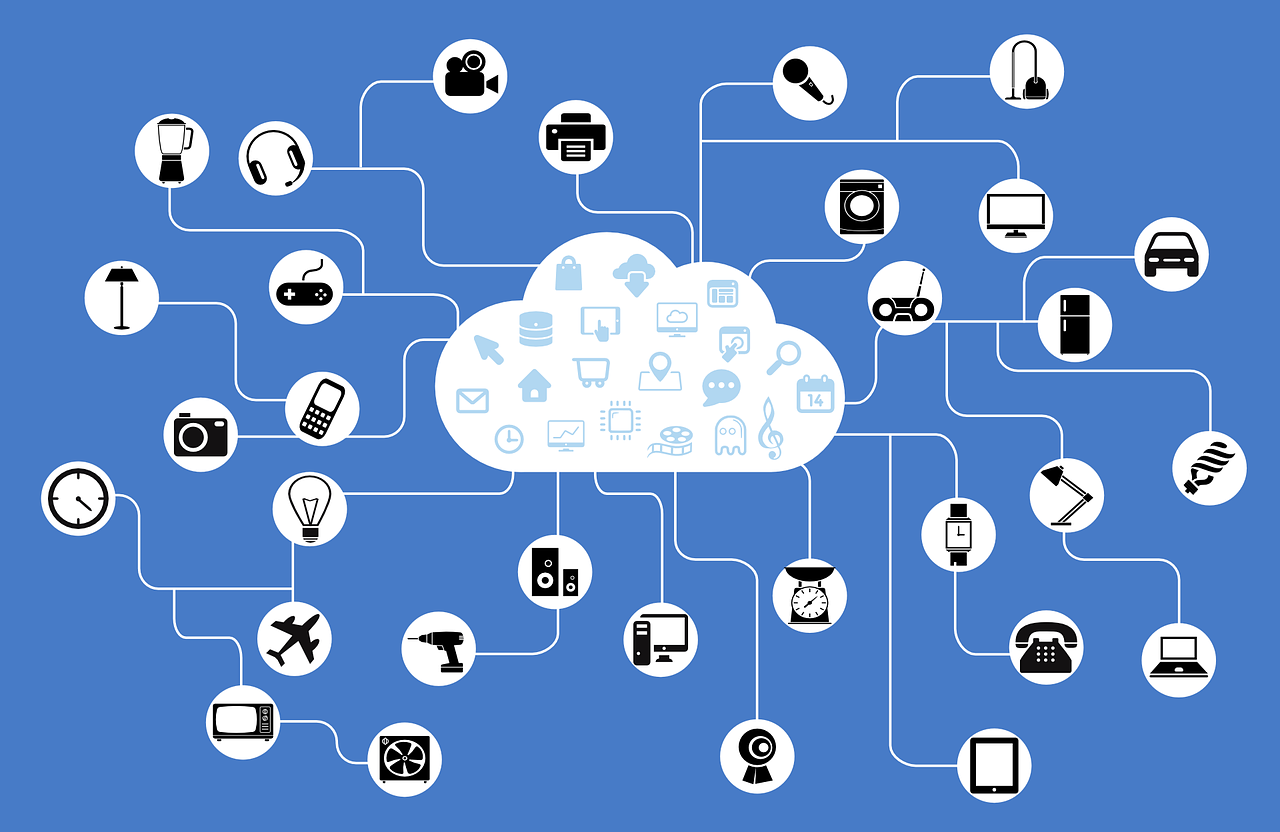Satellite Communications – Are We Witnessing a 2nd Coming? –
Back in August, we highlighted the gold rush in satellite communications. Since then, there has been a steady stream of news about non-terrestrial network development and direct to mobile service. Is this likely to become a new growth engine for telcos around the world and could this drive returns for investors in LEO satellite projects outside of the deep-pocketed backers of SpaceX and Project Kuiper?
Beginning with SpaceX and T-Mobile’s announcement of “Coverage Above and Beyond” in August 2022 to eliminate mobile dead zones, to Apple’s “Emergency SOS via Satellite” that would provide text message service for people needing assistance in cellular dark spots, to the FCC adopting a framework to facilitate supplemental coverage from space, and most recently AT&T’s demo of satellite connectivity with an unmodified cellphone, the hype has been building for the better part of a year.
So what is the market opportunity?
According to Ericsson, 88% of the world’s population had 4G LTE coverage at the end of 2022 and this is expected to increase to 96% by 2028. During the same time, 5G coverage, which will provide faster broadband speeds and lower latencies than previous generations of mobile technology, is expected to increase rapidly from 32% population to 84%.
In addition to investments by telcos in their network infrastructure, the continuing urbanization across the world is also aiding the coverage improvement. The urban population across 38 OECD countries, which represent the vast majority of telecom revenues, was 81%1 in 2021. Operators in emerging markets where urbanization is lower but rapidly increasing are investing to address the digital divide – 93%2 of villages in India had 4G LTE coverage at the end of 2022. Within 5 years, less than 4% of the world’s population, predominantly in low-income emerging markets, will not have access to high-speed mobile coverage, implying a small upside opportunity overall for alternative connectivity modes.
What about non terrestrial or new use cases?
Use cases that lend themselves well to satellite connectivity include:
1. In-flight connectivity: Among the most developed use cases, we expect fast Wi-Fi to become a must-have on flights across most regions. Delta became the first major U.S. airline to introduce free Wi-Fi3 and we expect other airlines to follow suit. While this transition to a wholesale model is expected to accelerate adoption, it will also compress pricing and the long-term revenue opportunity for satellite operators. Our modeling shows that potential time spent connected to the internet on U.S. domestic flights is a measly 0.05% of total time connected. Even with a hefty premium for connectivity at 30,000 feet, we expect this revenue opportunity to be 0.4 – 1% of the terrestrial revenue opportunity in the medium to long term.
2. Maritime: Connectivity is becoming a necessity for both passenger and cargo transport. The passenger opportunity is much smaller compared to in-flight connectivity – normalizing for lower take rate based on a higher mix of leisure travelers and lower premium for connectivity on water, we expect a revenue opportunity of approx. 10% of in-flight connectivity. With maritime transport accounting for 80% of international trade, we expect cargo tracking to be a more lucrative opportunity, yet an order of magnitude smaller than any terrestrial opportunity.
3. Cellular dead zones: While over 500,000 square miles of the U.S. is not covered by cellular signals, and makers of driverless tractors and smart crop sprayers like Deere are looking to satellite communications to connect far flung farms, U.S. subscribers spent only 0.85% of time without a cellular signal according to Opensignal. Apple made the emergency SOS service via satellite free for two years for Apple iPhone 14 users. We expect this feature to either become part of the core cellular offering without premium pricing or the take rate to be extremely low if it is offered as an add-on feature, resulting in limited revenue upside.
4. Residential broadband: While Starlink begins to establish momentum in broadband subscriber growth, only 1.2%4 of U.S. households had residential broadband via satellite. In our assessment of U.S. cable, we highlighted $55B in government subsidies to expand high-speed internet access, with fiber widely accepted as the appropriate long-term solution and the emergence of 5G enabled fixed-wireless as drivers of residential broadband growth, limiting upside if any for satellite operators.
5. Mobile internet redundancy: While we expect satellite communications to play an important role in use cases such as IoT networks in remote areas and fully autonomous vehicles, this alone would not support the business case for multiple LEO constellations.
While we’re ardent supporters of all things satellite, we believe the hype is overdone and the business opportunity for satellite is a fraction of what is being touted in the media.







